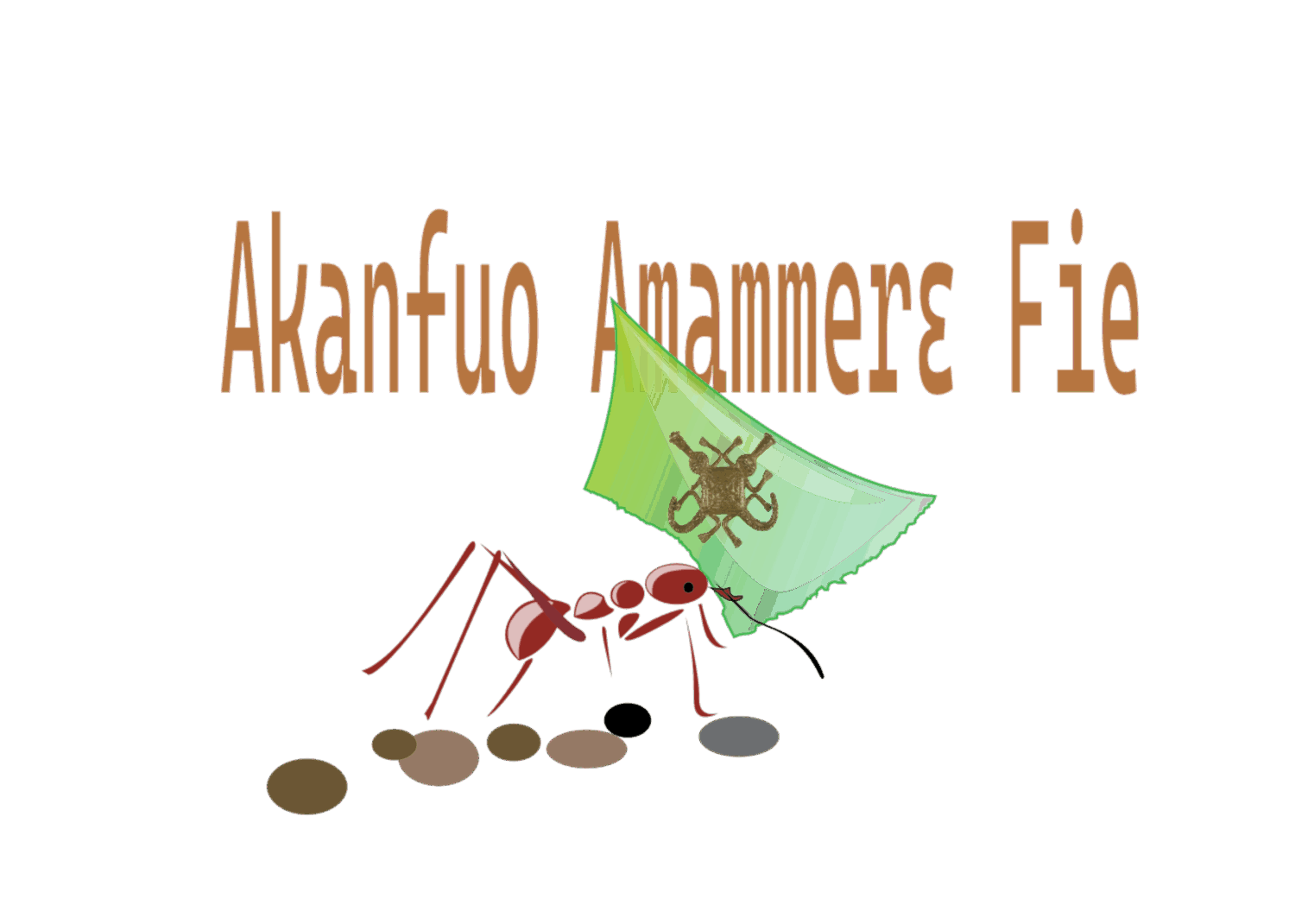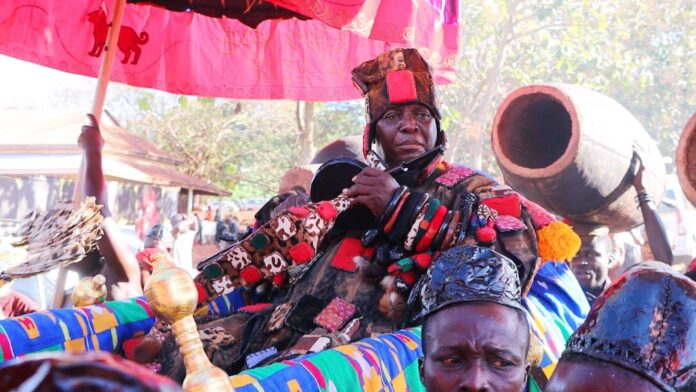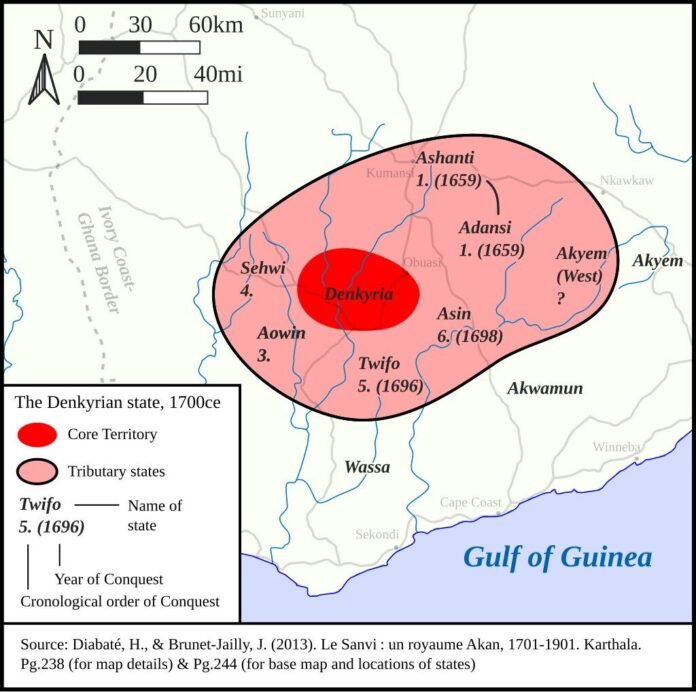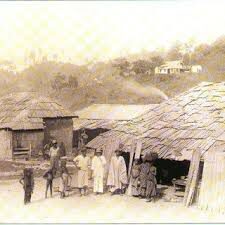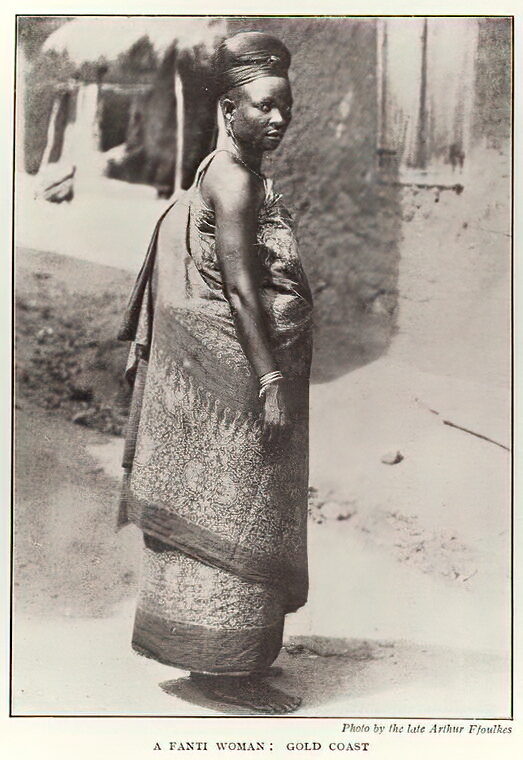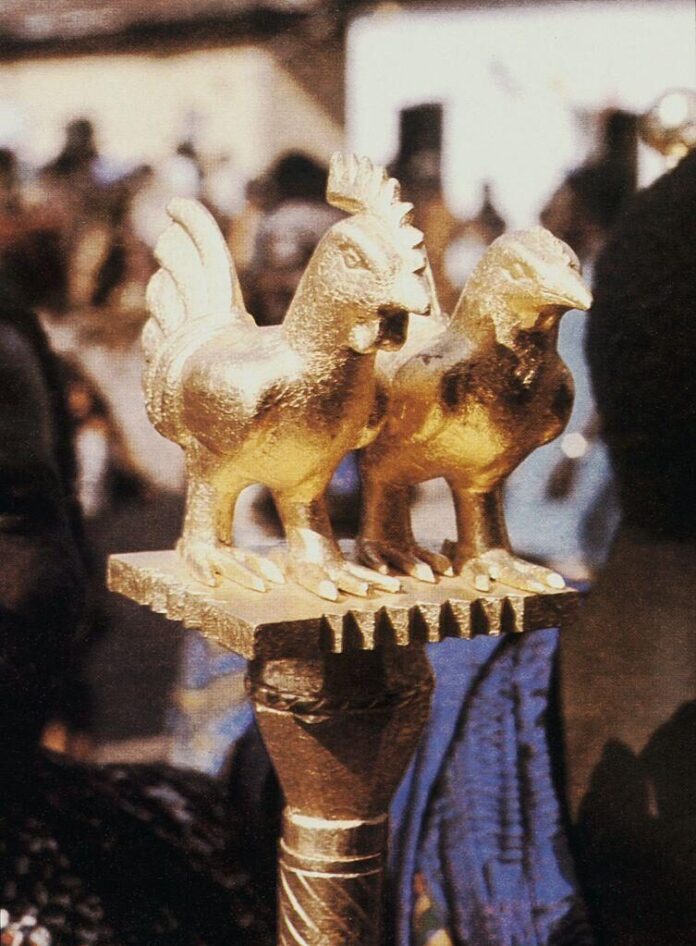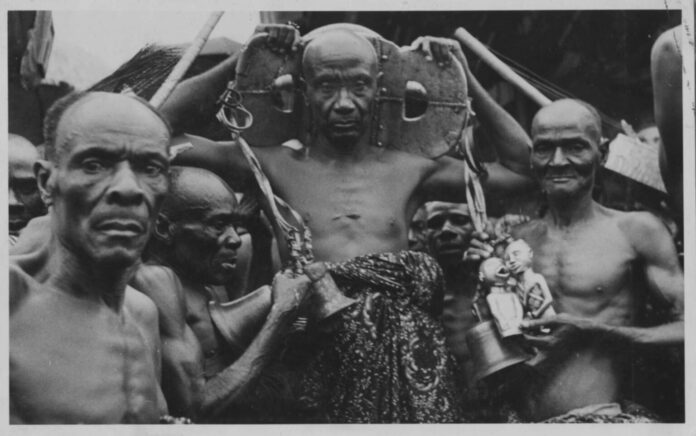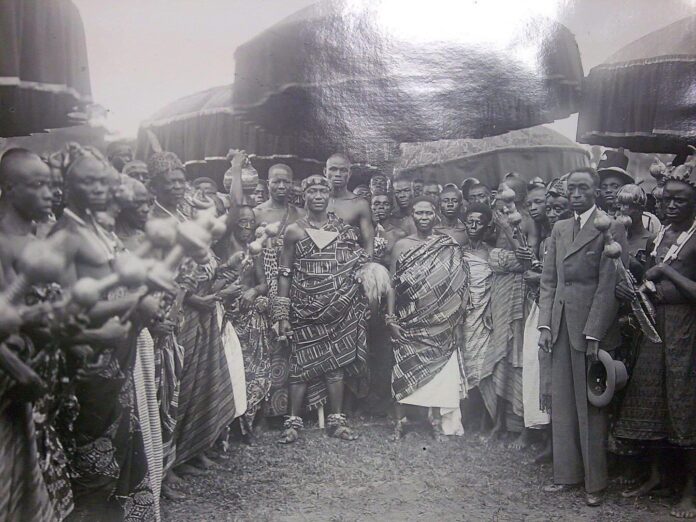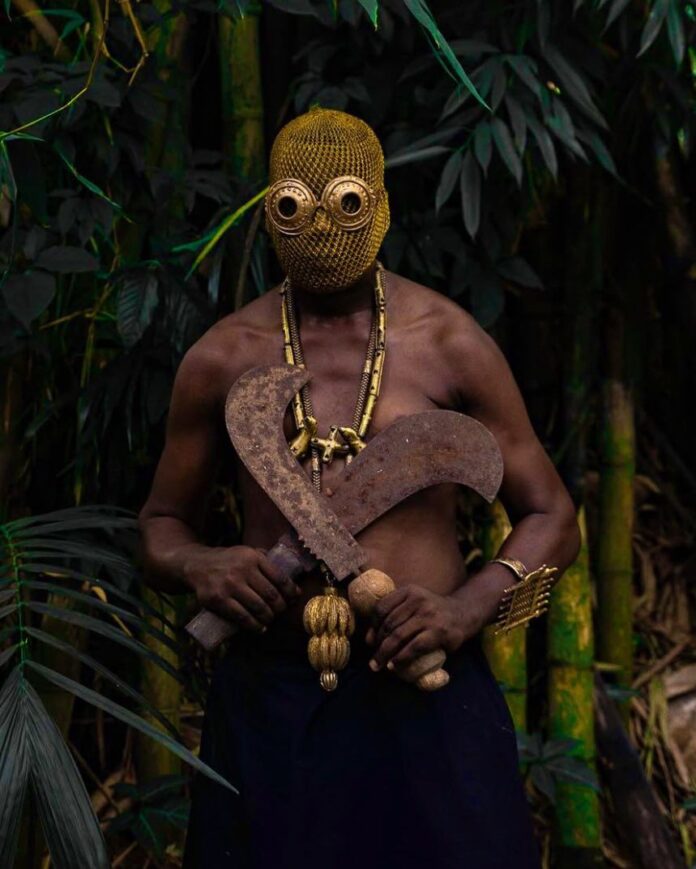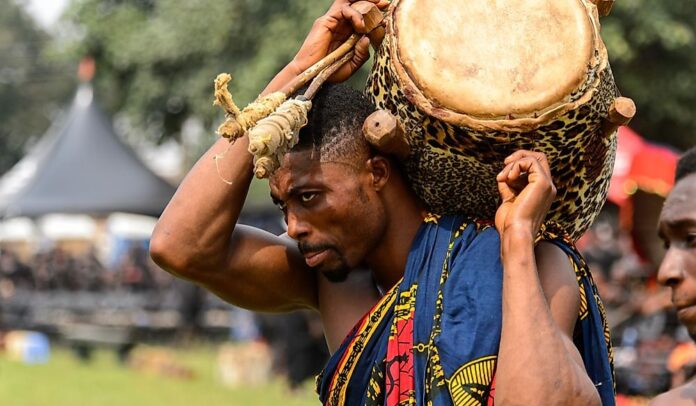Every great nation begins with a vision, and every vision needs a leader, a Great leader of men. For the Asante, that leader was Osei Tutu. The man who turned a disparate group into a kingdom.
Under his guidance, and through the wisdom of Okomfo Anokye, the Golden Stool descended, and the Asante as an Empire was born.
Osei Kofi Tutu was born in 1660 in the town of Kokofu Anyinam. His father was Owusu Panyin, an Akan noble from Nyameani. His mother, Maanu Kotosii, was the sister of the Omanhene of Kwaaman Oti Akenten and his successor Obiri Yeboa.
The Exile Who Returned
Osei Tutu’s story begins bizarrely in exile. Born into the Oyoko clan, he grew up during the height of Denkyira’s power, when his people lived under yoke.
Early in life, he was forced by the Denkyira’s influence to flee northward and seek refuge with the Akwamu after a purported scandal, where he spent years learning statecraft, diplomacy, and the strategies of war, considered by most scholarship as a slight against the Denkyira by the Akwamu.
In Akwamu, he was mentored by the great King Ansa Sasraku, a ruler known for discipline and authority. Osei Tutu observed how a confederacy of smaller towns could unite under a single powerful king.
He studied the military genius of the Akwamu state, and these lessons would later become the pillars of Asante rule.
The Return
When he returned to Kumasi after the death of his uncle Obiri Yeboah, Osei Tutu found a land still under Denkyira’s dominance. The people paid tribute and bowed to messengers of a distant king.
But Osei Tutu saw great potential. He began to build alliances among neighboring towns such as Mampon, Dwaben, Kokofu, Nsuta, and Bekwai, speaking of a future where they need not bow under oppression.
He was not alone. By his side stood Okomfo Anokye, a priest whose spiritual power and insight inspired awe. Together, they formed one of Akan history’s most remarkable partnerships — the statesman and the mystic, each completing the other.
The Golden Stool Descends
According to Asante tradition, the moment that changed history came when Okomfo Anokye called upon the heavens and summoned the Golden Stool to descend before the gathered chiefs.
It was said to float gently down and land upon Osei Tutu’s lap.
This stool, covered in gold, became the soul of the newly established Asante Confederacy. It bound the chiefs together by oath, swearing fealty and declaring unity eternal. The stool represented the spirit of the Asante, living, dead, and unborn.
From that day, loyalty to the stool became greater than loyalty to any single man. It was a master stroke of spirituality, belief, and governance.
Each state retained its own chief and autonomy but pledged allegiance to the Asantehene, the King of Kings.
Feyiase & New Beginnings
The new kingdom’s unity was soon tested. Denkyira, still determined to control its northern vassals, sent armies to crush the rebellion.
But Osei Tutu’s new alliance stood firm. Under his leadership, and with Okomfo Anokye’s blessings, the Asante forces met Denkyira at Feyiase.
The battle was fierce, and legend says the gods themselves fought on the side of Asanteman.
When the dust settled, King Ntim Gyakari lay dead, and Denkyira’s power was broken. The victory confirmed Osei Tutu’s vision and announced to all of West Africa that a new empire had risen from the forest.
After the war, Osei Tutu turned from conquest to consolidation.
Legacy
Osei Tutu’s reign did not last forever. He fell in battle against the Akyem, but by then, his dream had already taken root. The Golden Stool continued to shine as a symbol of unity, and Asanteman stood firm.
His legacy lived on in the structure he created: a confederacy that combined strength, spirituality, and tradition. Under his successors, Asante would become a mighty empire, known from the coast to the savannah.
